Home>Dining>Tableware>What Is The Ideal Dining Table Leg Placement?


Tableware
What Is The Ideal Dining Table Leg Placement?
Modified: August 25, 2024
Discover the ideal placement for dining table legs and enhance your tableware experience. Find out how far in dining table legs should be for optimal stability and style.
(Many of the links in this article redirect to a specific reviewed product. Your purchase of these products through affiliate links helps to generate commission for Storables.com, at no extra cost. Learn more)
Introduction
Welcome to the world of dining table aesthetics! While dining tables come in various shapes, sizes, and designs, one aspect that often goes unnoticed is the placement of table legs. Believe it or not, the positioning of table legs can greatly impact the overall functionality and appearance of a dining table. In this article, we will explore the factors to consider when determining how far in dining table legs should be and provide standard recommendations to achieve the ideal leg placement.
When it comes to dining table leg placement, there are several key factors to take into account. These include the size and shape of the table, the type of dining chairs, the overall decor of the room, and the comfort and accessibility for those using the table. By carefully considering these factors, you can create a dining experience that is not only aesthetically pleasing but also functional and comfortable for everyone.
Let’s dive deeper into each factor to understand their significance in determining the appropriate placement of dining table legs.
Key Takeaways:
- Consider the size, shape, and decor of your dining table when placing the legs to ensure comfort, stability, and visual balance for a functional and aesthetically pleasing dining space.
- Adjust dining table leg placement for special situations like uneven flooring, extension tables, unique shapes, special needs accessibility, and mixed materials to prioritize stability, safety, and comfort.
Factors to Consider for Dining Table Leg Placement
When deciding how far in dining table legs should be placed, there are several important factors to consider. These factors include the size and shape of the table, the type of dining chairs, the overall room decor, and the comfort and accessibility for those using the table. Let’s explore each of these factors in more detail:
- Size and Shape of the Table: The size and shape of the dining table play a crucial role in determining the leg placement. For smaller tables, it is generally recommended to have the legs closer to the corners to provide stability and maximize legroom for the diners. On the other hand, larger tables may benefit from a slightly inward placement of the legs to allow for better circulation and easier movement around the table.
- Type of Dining Chairs: The type of dining chairs used with the table is another factor to consider. If you have chairs with armrests, make sure to allow enough space between the legs and the edges of the table to accommodate the armrests comfortably. Additionally, if you have upholstered chairs, consider leaving enough space for the chairs to be pushed in fully without obstruction.
- Overall Room Decor: Consider the overall decor and style of the room when determining the leg placement. If you have a minimalist or modern design, you may prefer a sleek and streamlined look with legs placed more inward. However, if you have a traditional or rustic style, you might opt for a more symmetrical placement of the legs, aligning them with the edges of the table.
- Comfort and Accessibility: One of the most important factors to consider is the comfort and accessibility for those using the table. Ensure that there is ample legroom for all the diners to comfortably sit at the table without feeling cramped. Additionally, consider the height of the table and the chairs to avoid any awkward positioning that could lead to discomfort or strain during mealtime.
By taking into account these factors when determining the placement of dining table legs, you can create a functional and visually appealing dining space for everyone to enjoy. However, it is important to note that there are some standard recommendations that can serve as a helpful guideline in achieving the ideal leg placement.
Standard Recommendations for Dining Table Leg Placement
While there is no hard and fast rule for dining table leg placement, there are some standard recommendations that can help guide you in achieving the ideal positioning. These recommendations are based on industry standards and common design principles. Let’s dive into some of these recommendations:
- Avoid Placing Legs at the Corners: In most cases, it is advisable to avoid placing the legs of the dining table directly at the corners. This can lead to discomfort for diners sitting at the corners, as their knees might hit the legs. Instead, opt for a slight inward placement of the legs to allow for more legroom and better comfort.
- Leave Space for Chairs: Ensure that there is enough space between the legs and the edges of the table to accommodate the dining chairs comfortably. This will prevent any obstructions or discomfort caused by the legroom being limited by the position of the legs. Aim for a minimum of 12 inches of space between the legs and the table edges.
- Create Balance: Achieving balance is key when it comes to dining table leg placement. Whether you have a rectangular, oval, or round table, try to visually balance the placement of the legs so that they appear evenly distributed. This will contribute to a more harmonious and visually appealing dining space.
- Consider Table Overhang: Take into account the amount of overhang on the table, which refers to the portion of the tabletop that extends beyond the support base. If your table has a significant overhang, you may need to adjust the leg placement accordingly to ensure structural stability.
- Ensure Stability: Stability is crucial when it comes to dining tables. Make sure that the legs are properly secured and the table is level to provide a stable surface for dining. This is especially important if you have a heavy or solid wood table that may require additional support.
- Be Mindful of Table Height: Consider the overall height of the table when determining the leg placement. Standard dining tables typically have a height ranging from 28 to 30 inches, but it’s important to choose a height that is comfortable for the majority of your diners. Adjust the leg placement accordingly to ensure optimal comfort and accessibility.
Remember, these are general recommendations, and the specific leg placement may vary depending on the unique characteristics of your dining table and the space it occupies. It is always recommended to measure and assess your specific situation to achieve the best results.
Now that we’ve explored the standard recommendations, let’s move on to finding the ideal position for dining table legs based on your specific needs and preferences.
The standard distance for dining table legs to be inset is around 3-4 inches from the table edge. This allows for comfortable seating and legroom for diners.
Finding the Ideal Position for Dining Table Legs
When it comes to finding the ideal position for dining table legs, it’s important to consider your specific needs, preferences, and the unique characteristics of your dining table. Here are some steps to help guide you in finding the perfect leg placement:
- Measure and Assess: Start by measuring the dimensions of your dining table, including the length, width, and height. Take note of any unique features, such as table overhang or decorative elements, that may influence the placement of the legs. Assess the surrounding space and consider the layout of the room to determine if any adjustments need to be made to ensure proper alignment and functionality.
- Consider Comfort: Think about the comfort of the diners when determining leg placement. Leave enough legroom for each person to sit comfortably without feeling cramped. Avoid placing legs directly at the corners, as this can create discomfort and limited leg space. Aim for a slight inward placement to maximize comfort and accessibility.
- Visual Balance: Strive for visual balance when positioning the legs. Depending on the shape of your table, evenly distribute the legs so that they appear visually symmetrical. This will contribute to a harmonious and aesthetically pleasing dining space.
- Account for Chair Space: Ensure that there is enough space between the legs and the edges of the table to accommodate the dining chairs comfortably. Consider the size and shape of the chairs, including any armrests or cushioning, to determine the appropriate leg placement.
- Consider the Room Decor: Take into account the overall decor and style of the room when positioning the legs. Consider the design elements, color scheme, and furniture placement to create a cohesive look. Align the leg placement with the overall aesthetic to enhance the visual appeal of the dining area.
- Test and Adjust: Once you have an initial placement for the legs, test it out by seating yourself or others at the table. Assess the comfort, accessibility, and overall functionality. If any adjustments need to be made, don’t hesitate to experiment and fine-tune the leg placement until you achieve the desired results.
Remember that finding the ideal position for dining table legs may require some trial and error. It’s important to be flexible and open-minded throughout the process to ensure the best outcome.
In certain situations, you may need to adjust the leg placement to accommodate specific requirements or challenges. Let’s explore some of these special situations in the next section.
Adjusting Dining Table Leg Placement for Special Situations
While there are standard recommendations and general guidelines for dining table leg placement, there may be special situations that require adjustments to accommodate specific requirements or challenges. Here are some common scenarios where you may need to adapt the leg placement:
- Uneven Flooring: If your dining area has uneven flooring, it’s important to ensure that your table remains stable and level. In such cases, you may need to adjust the leg placement to compensate for the unevenness and prevent wobbling. Consider using furniture leveling pads or shims under the legs to create a stable and balanced surface.
- Extension Tables: Extension or expandable dining tables allow for flexibility in accommodating larger gatherings. When the table is extended, pay attention to the leg placement to maintain stability and support the additional weight. Consider additional support in the center or along the extended portion to prevent sagging or wobbling.
- Unique Table Shapes: If you have a dining table with a unique shape, such as a hexagon, oval, or octagon, the leg placement will differ compared to standard rectangular or round tables. Adjust the leg positioning to ensure stability and balance while also considering the comfort and legroom of the diners.
- Special Needs Accessibility: In situations where individuals with special needs will be using the dining table, it’s important to consider their accessibility requirements. Ensure that there is sufficient space between the table legs to accommodate mobility devices such as wheelchairs and walkers. Consult with accessibility guidelines or professionals to determine the appropriate leg placement for optimal accessibility.
- Mixing Table Materials: If your dining table incorporates different materials, such as wood, metal, or glass, you may need to adjust the leg placement accordingly. For example, if you have a wood tabletop and metal legs, ensure that the legs are properly aligned and securely attached to provide stability and structural integrity.
- Specific Design Choices: Sometimes, specific design choices may drive the leg placement. For instance, if you have a floating or cantilevered dining table, the leg placement will be different compared to traditional tables. In these cases, consult with a professional or follow the manufacturer’s recommendations to ensure proper support and stability.
Remember, each special situation may have its unique considerations, so it’s essential to assess the specific requirements and adapt the leg placement accordingly. Always prioritize stability, comfort, and accessibility to create a dining space that accommodates everyone’s needs.
Now that we’ve explored the factors to consider, standard recommendations, and adjustments for special situations, you are well-equipped to determine the ideal position for dining table legs.
Read more: How Tall Are Dining Table Legs
Conclusion
When it comes to dining table leg placement, it’s important to consider various factors to achieve the ideal positioning. Factors such as the size and shape of the table, the type of dining chairs, the overall room decor, and the comfort and accessibility for the users all play a significant role in determining the leg placement.
While there are standard recommendations, such as avoiding corner placement and leaving space for chairs, it’s crucial to keep in mind that these are general guidelines. Your specific needs, preferences, and the unique characteristics of your dining table and space should ultimately guide your decision.
By carefully measuring and assessing your table dimensions, considering the comfort and accessibility of the diners, achieving visual balance, and adjusting for special situations, you can find the ideal position for your dining table legs. Whether you have a small round table or a large rectangular one, with armrests or without, wooden or metal legs, you can create a functional and visually appealing dining space that reflects your personal style.
Remember, in special situations such as uneven flooring, extension tables, unique table shapes, special needs accessibility, and specific design choices, it’s important to make necessary adjustments to ensure stability, safety, and comfort.
By taking the time to carefully consider and adjust the leg placement, you can create a dining experience that not only looks great but also provides comfort and functionality for everyone who gathers around the table.
So, go ahead and explore different leg placement options, experiment, and trust your instincts while keeping in mind the guidelines we have discussed. With a well-placed and well-balanced set of dining table legs, you’ll be sure to enhance both the aesthetic appeal and usability of your dining area.
Frequently Asked Questions about What Is The Ideal Dining Table Leg Placement?
Was this page helpful?
At Storables.com, we guarantee accurate and reliable information. Our content, validated by Expert Board Contributors, is crafted following stringent Editorial Policies. We're committed to providing you with well-researched, expert-backed insights for all your informational needs.
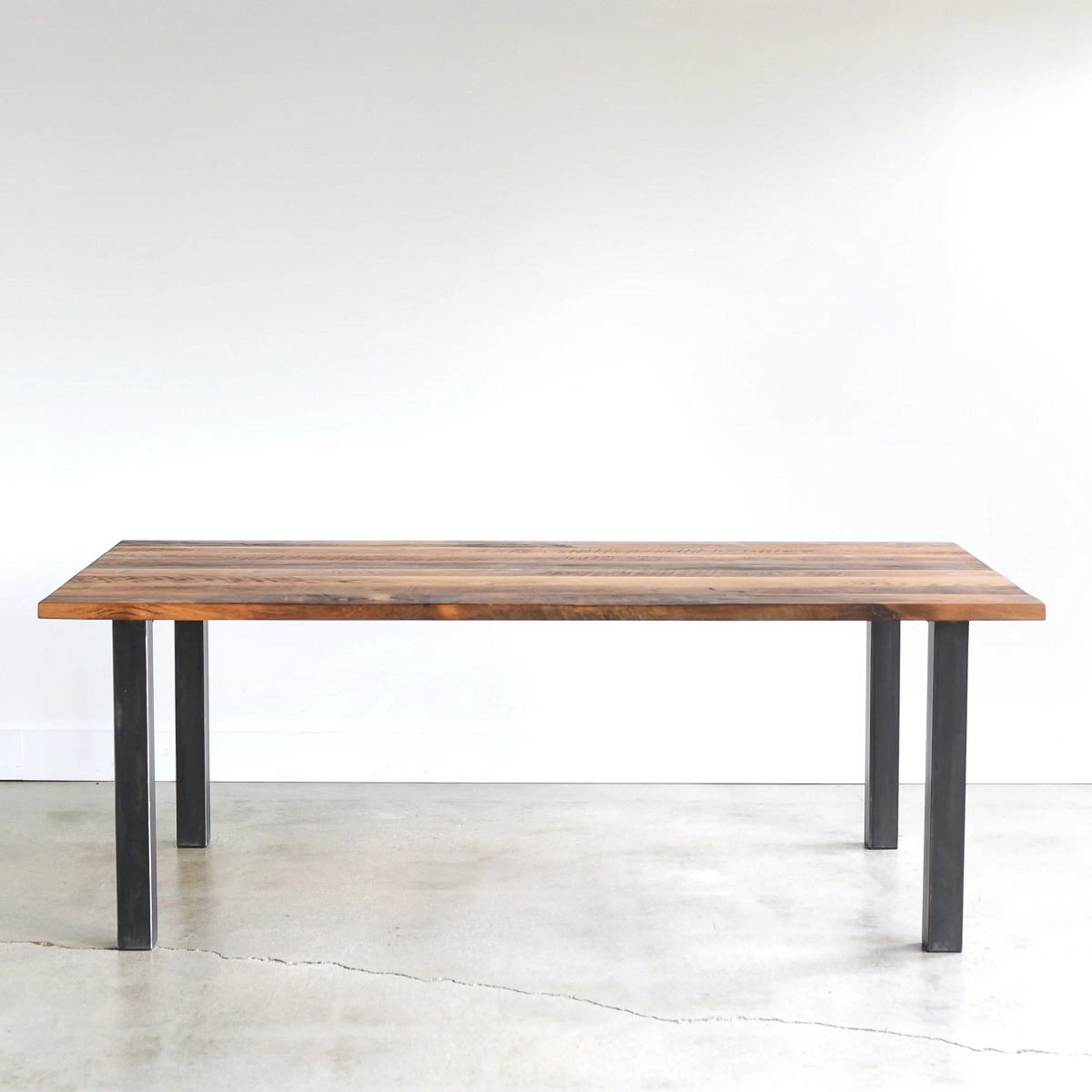




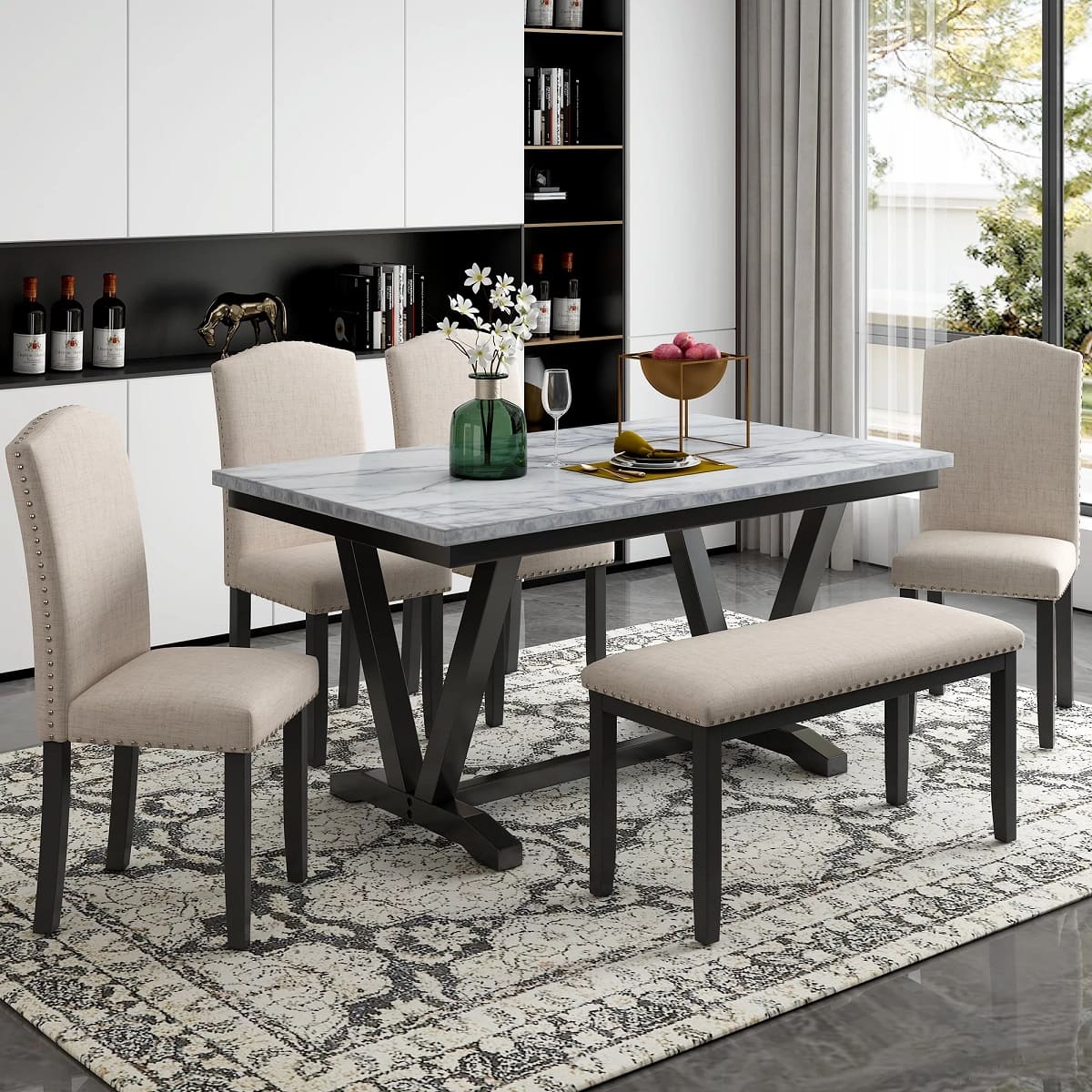
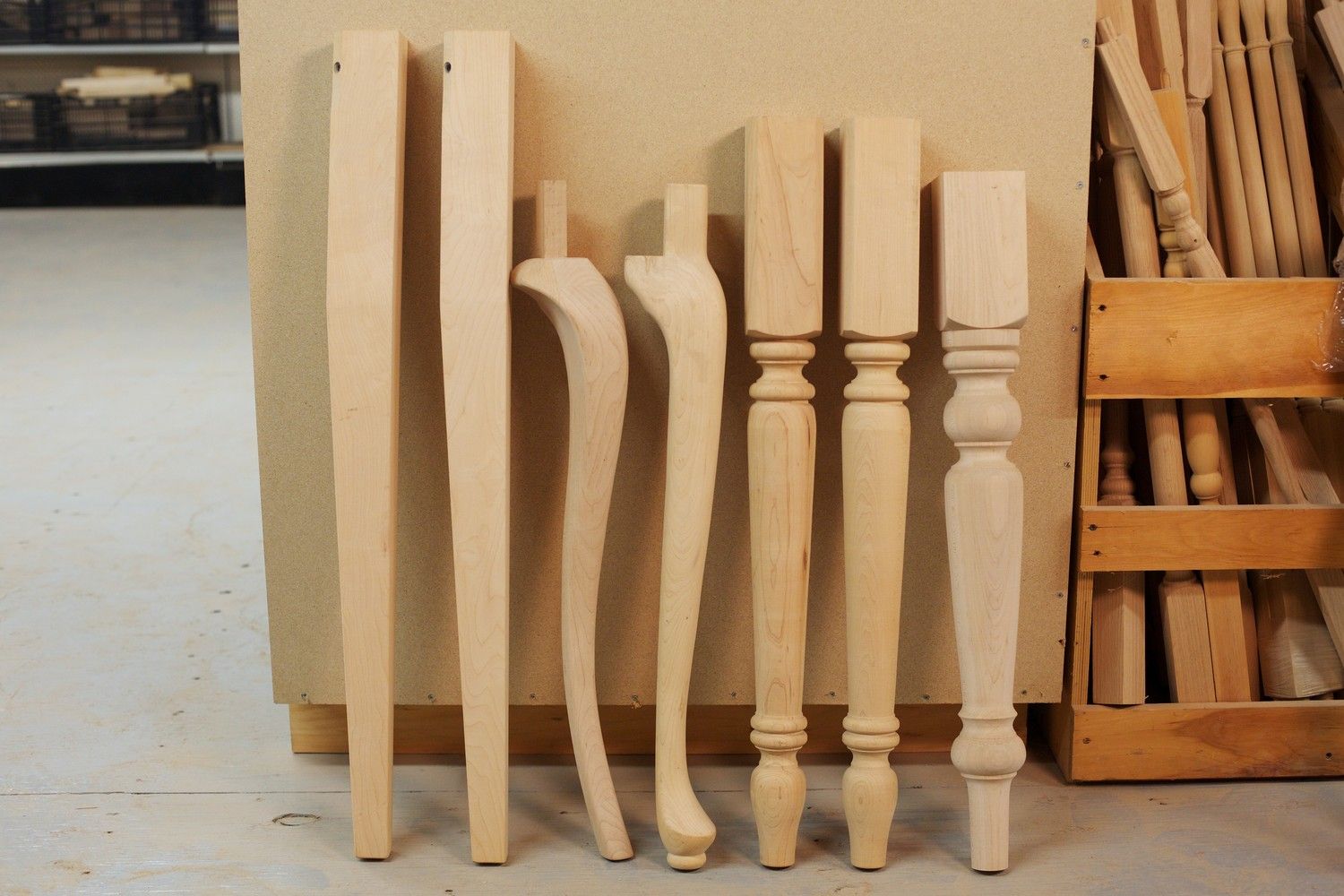



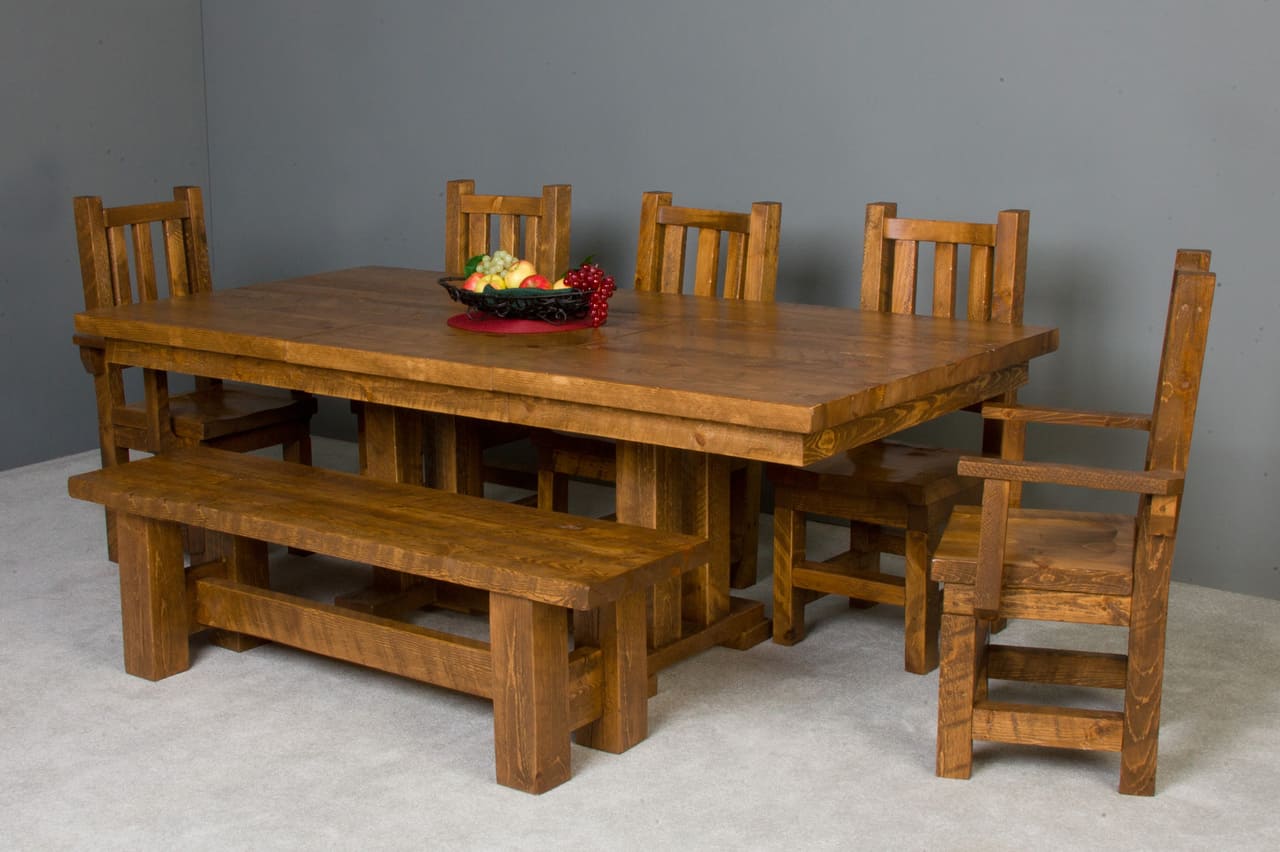
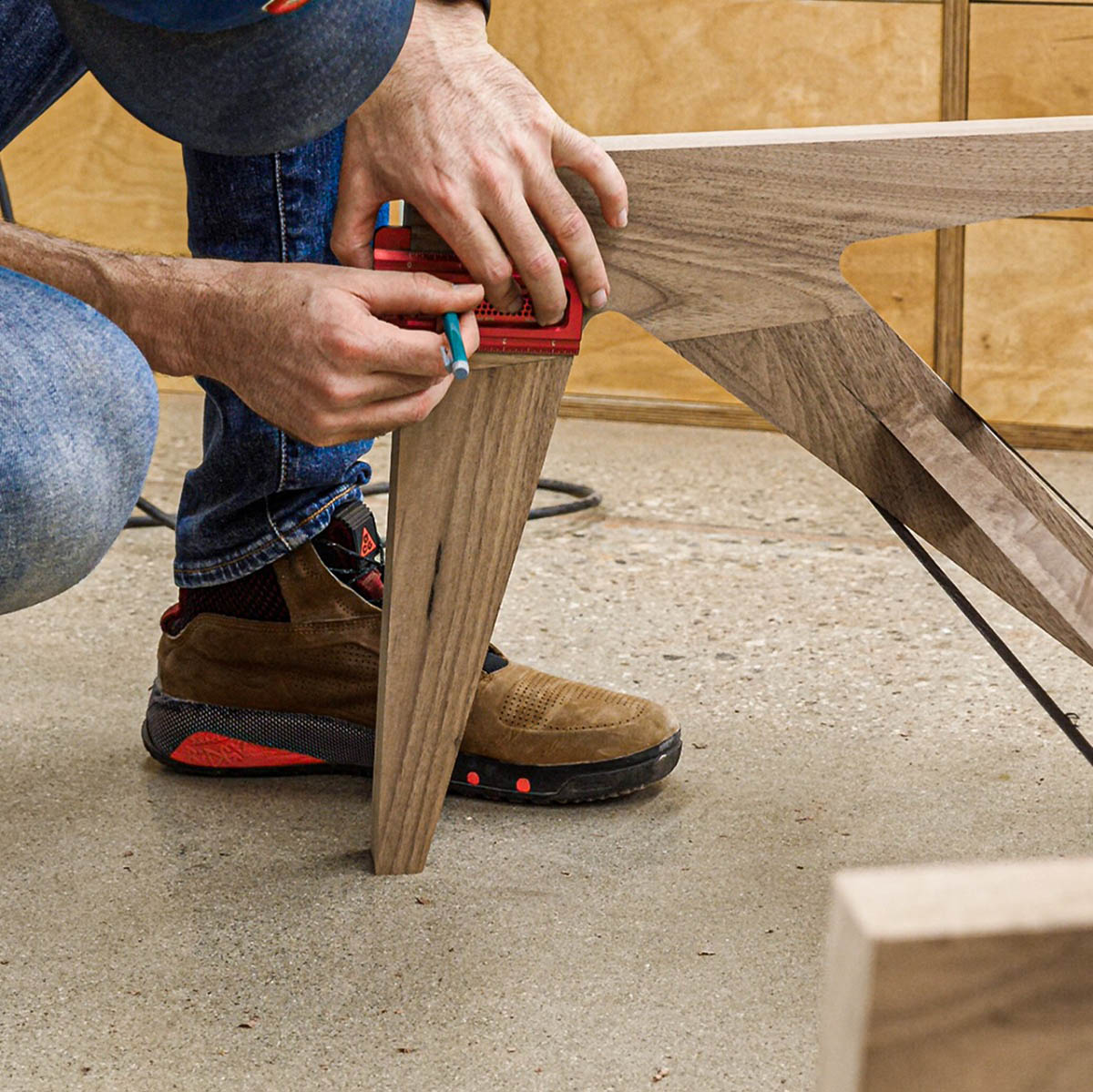



0 thoughts on “What Is The Ideal Dining Table Leg Placement?”